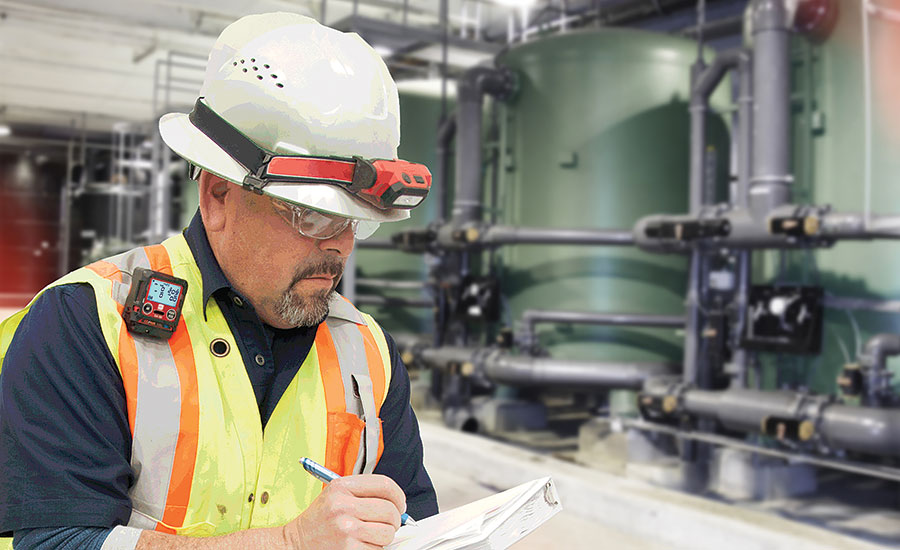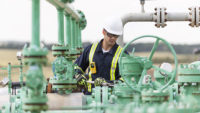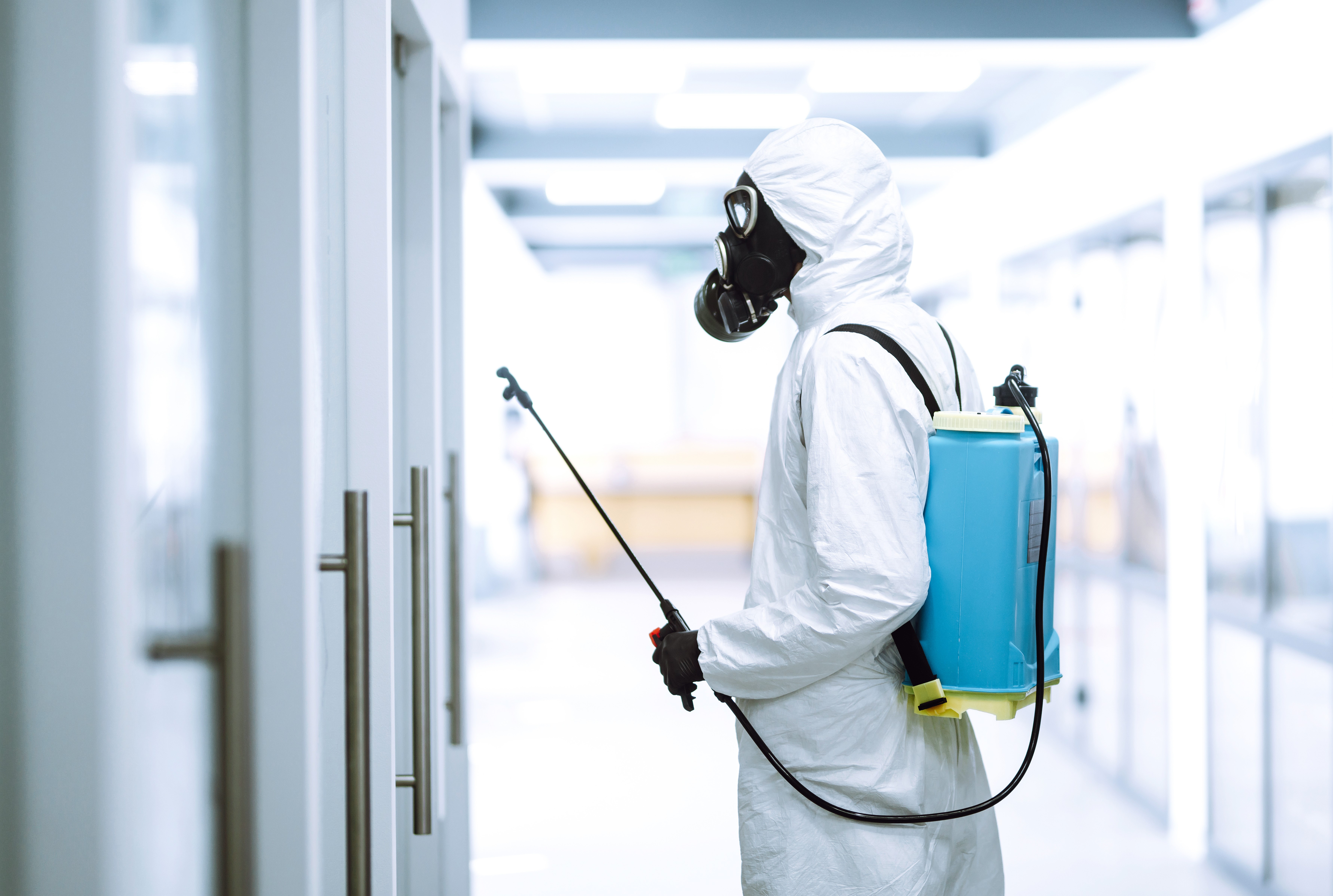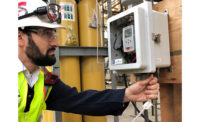Breathing hazards such as hazardous gasses can be a danger to all types of workers, including those in the oil and gas, water treatment plants, metals refining and processing, and chemical plants. To keep safe working in these environments, workers need to carry a range of personal protective equipment including respirators, and portable gas detectors. If a sudden shift in air quality occurs, workers need to know immediately.
Portable gas monitors alert users when toxic gases are present, and the environment becomes dangerous. Alerts may set off a range of different signals, such as flashing lights, vibrations, or a loud noise. Workers then quickly leave the area. Many toxic gases cannot be detected by smell or sight, so workers need to have another way of detecting hazardous gases. Most portable gas monitors also include digital interfaces that display the amount of gas in the air.
These devices are usually the size of a smartphone and should be clipped onto the person’s clothing. But many workers may not know where portable gas monitors should be worn on the body. Let’s set the record straight and talk about the proper way to wear a portable gas detector.
What is the breathing zone?
Workers tend to have lots of different opinions when it comes to where they should wear their portable gas monitors. They may wear them on their belt, shoulder or shoe, but none of these locations accurately capture the quality of the air that the person is breathing. Safety professionals know that there can be a great difference in gas concentrations between the waist and the nose/mouth area of the workers face. That’s why workers should always wear their portable gas detectors in what’s known as the “breathing zone,” such as the lapel, shirt collar, or chest pocket.
Just as it sounds, the breathing zone is where a person inhales air, including the mouth and nose. Although some workers may find it uncomfortable to wear on their lapel, if the portable gas detector is not worn near the breathing zone, there’s a chance the device won’t record accurate information about the worker’s exposure.
For portable gas detectors to work, the gas needs to reach the sensors on the device. Some workers think detectors come with a wide detection range, such as detecting gases up to five feet away. OSHA, though, defines the breathing zone as, “a hemisphere forward of the shoulders within a radius of approximately six to nine inches.”
Workers who wear fall protection harnesses or high visibility vests actually may find it easiest to wear the monitor. The webbing on the harness offers a prime place high up on the shoulder strap to clip a portable detector. Similarly, the high visibility safety vest may likely good spot for attachment. Note that only a relatively robust surveyor-style vest will hold the typical gas detector without sagging.
Employers should educate employees on why it’s important to wear portable gas detectors in the breathing zone. Workers should also be quick to correct workers who wear their personal gas detectors in the wrong location.
Choosing a portable gas detector
Now that we’ve discussed where portable gas monitors should be worn, you need to make sure your safety equipment can be worn properly on the job. As a safety professional looking for the right gas detector for your workers, comparing the size and weight should be a very close second to the performance and warranty offered by the manufacturer.
Choose personal gas detectors small and lightweight enough to be worn on the person’s lapel, collar, or chest pocket without making workers uncomfortable on the job. This works fine with a single gas instrument, as most of these are quite compact. However, there is a trend toward using multi-gas instruments for routine personal gas monitors. This puts a premium on size and weight, since the more common four-gas detectors have features and functionality which can lead to additional bulk.
Also look for detectors that issue a variety of alerts and warning signals. If a worker is in a noisy environment, he or she may not be able to hear the traditional alarm. It’s important to have detectors that issue visual alerts, usually with LED lights. If workers are in an environment with low visibility, they can use vibration alerts to protect themselves from toxic gases.



